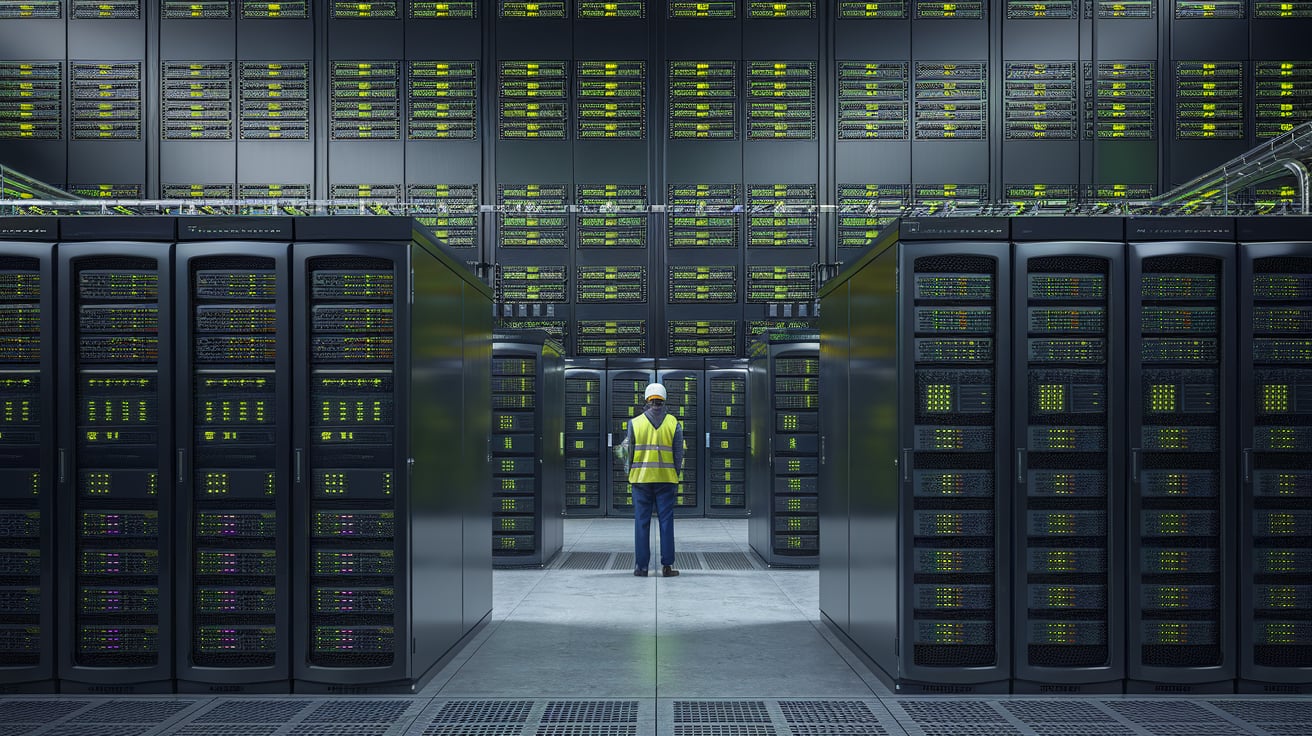
The rapid rise of artificial intelligence, especially large language models (LLMs), has put immense pressure on data center infrastructure, with AI systems demanding unprecedented amounts of processing power. As this demand continues to skyrocket, many have raised concerns about the energy consumption and sustainability of data centers that support these AI systems.
A promising solution being discussed is shifting LLMs to the edge—running AI natively on devices like PCs, laptops, tablets, and smartphones. This decentralized approach could significantly ease the burden on data centers, reducing the need for massive AI data farms. But how feasible is this shift?
Lower Costs: Training LLMs on the edge reduces the reliance on large-scale data centers, helping cut down on operational costs tied to energy and cooling.
Reduced Latency: Running LLMs directly on devices eliminates the need for data to be processed in remote centers, resulting in faster response times for queries and a smoother user experience.
Enhanced Privacy: By processing data locally, LLMs on the edge allow users to keep sensitive information on their personal devices, minimizing the risk of data breaches and offering stronger privacy protections.
Improved Reliability: Edge processing ensures that AI models can continue functioning even when devices are offline or experiencing connectivity issues, offering greater reliability and independence from centralized infrastructure.
If implemented on a large scale, LLMs on the edge could help reduce the need for multi-gigawatt-scale AI data centers by spreading out the processing power across individual devices. This distributed approach not only helps manage power consumption more effectively but also mitigates the environmental impact associated with running massive data centers.
The shift would mean less energy-intensive data processing in centralized facilities, potentially curbing the exponential growth of AI data farms that currently demand huge amounts of electricity.
Despite its clear benefits, the move to edge-based LLMs comes with several challenges. The computational power required to run advanced AI models is still significant, and many personal devices may struggle to handle the necessary processing without compromising performance. Furthermore, the optimization of these models for edge devices is a complex task, requiring advancements in hardware efficiency and model compression.
However, ongoing improvements in chip technology, such as AI accelerators in smartphones and laptops, are making edge processing more practical. Companies like Apple, Google, and Qualcomm have already begun integrating AI-specific hardware into their devices, paving the way for more capable and efficient edge-based LLMs.
While the shift to edge-based LLMs is still in its early stages, it represents a promising avenue for reducing the strain AI places on data centers. As hardware and software continue to evolve, this approach could help create a more sustainable, efficient future for AI development. However, the feasibility of fully eliminating the need for large-scale AI data centers remains uncertain and will depend on the pace of innovation in edge computing technology.